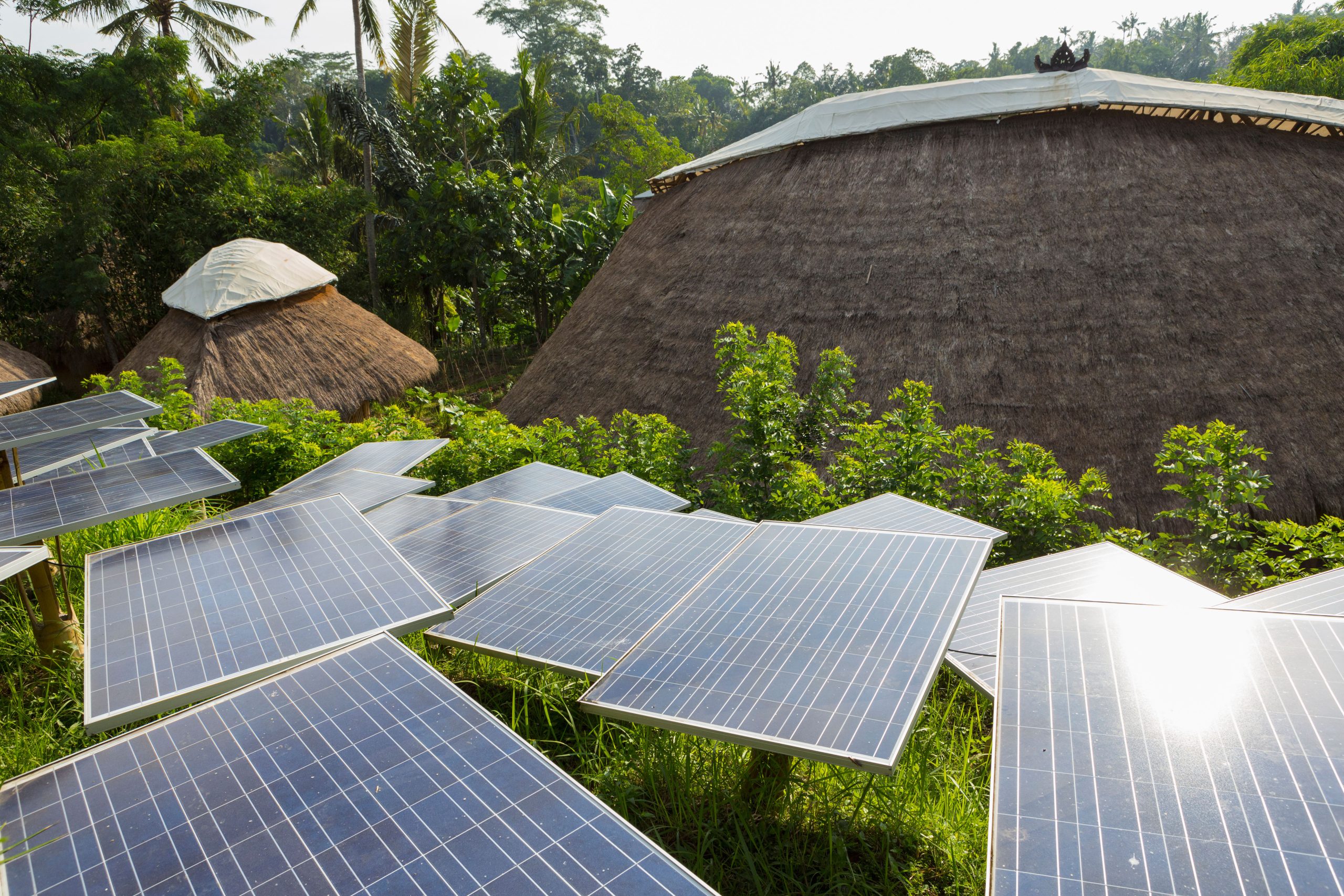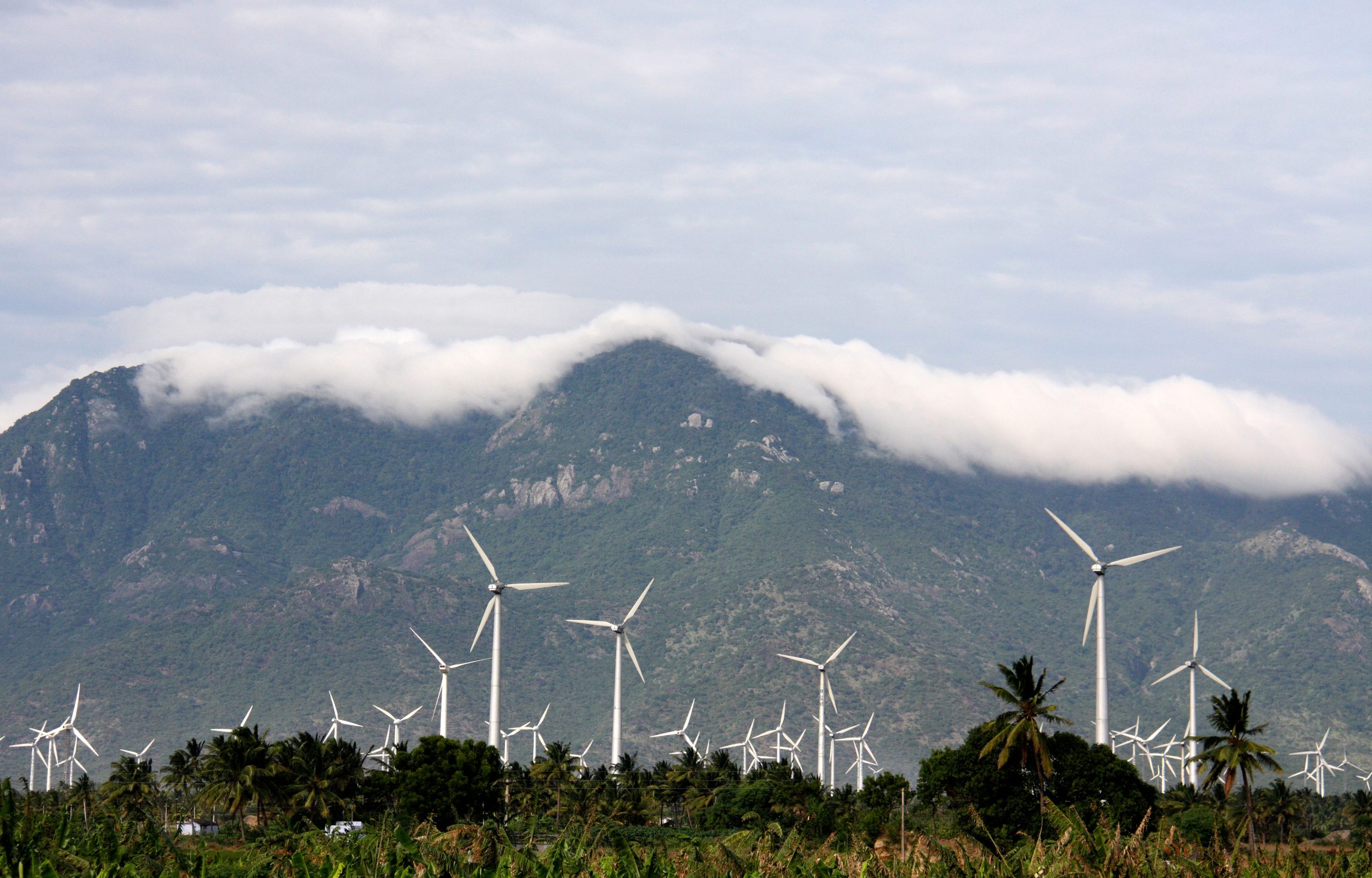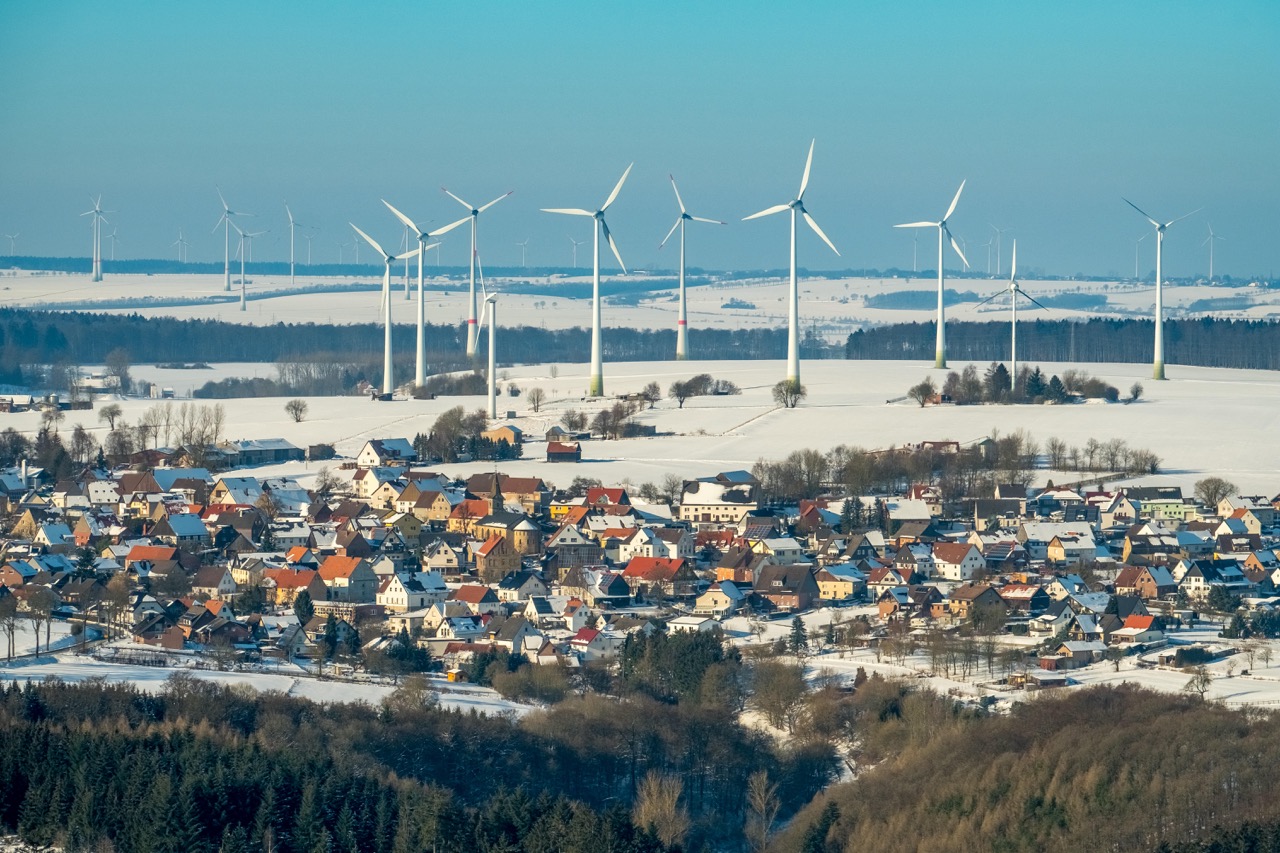
Unleashing solar and wind in ASEAN
ASEAN needs faster growth in clean electricity to keep up with rising demand and keep the power sector CO2 emissions down.
Highlights
Executive summary
ASEAN yet to unleash the potential of solar and wind
Current plans for solar and wind fall short of a road map to limit global temperature rise under 1.5 degrees.
Southeast Asia has emerged as possibly the most crucial region for future energy transition as the pace of transition picks up in China and India. The region offers enormous potential for renewable energy sources, especially solar and wind. However, they have yet to show significant progress in clean energy deployment.
As one of the world’s fastest-growing regions in terms of economic growth and electricity demand, achieving its net zero emissions in the future will depend on the pace of renewables uptake. The progress of clean electricity generation in ASEAN five major countries (Indonesia, Malaysia, the Philippines, Thailand and Viet Nam), henceforth “ASEAN 5”, which make up 89% of the region’s total electricity generation, shows a positive trend in the past years. Nevertheless, clean electricity could not keep up with the fast rising electricity demand. Therefore, as of 2021 the share of clean electricity remains low with the share of fossil fuel increased in the region compared to 2015.
Around three-quarters of the growth in global clean electricity generation in 2021 came from solar and wind. Most 1.5-degree aligned models suggest that going forward, solar and wind should account for a similar proportion of clean electricity. However, solar and wind generated only 4% of ASEAN 5’s electricity last year, lagging behind its peers like China (11%) and India (8%).
Analysis of current power sector development plans show the total share of solar and wind in ASEAN 5 will rise from 4% of electricity in supply in 2021 to 11% by 2030. But even more ambition is needed to put them on a 1.5-degree pathway.
Key takeaways
Clean power generation only met 39% of ASEAN electricity demand rise from 2015 to 2021
ASEAN electricity demand grew 22% from 2015 to 2021, higher than the global average, which increased by 16%. From 2015 to 2021, clean power generation only met 39% of ASEAN’s rise in electricity demand and 48% was met with fossil fuels. 39% of the rise in electricity demand in Viet Nam, 12% in the Philippines and 45% in Thailand was met by clean sources. Electricity generation from fossil fuels increased 21% in all five countries, matched by an increase in power sector CO2 emissions.
Solar and wind generated only 4% of ASEAN’s electricity last year
Solar and wind generated only 4% of the ASEAN’s electricity last year, lagging behind peers like China (11%) and India (8%). Only Viet Nam (11%) exceeds the world average in solar and wind, which generated 10% of global electricity for the first time in 2021. The share of solar and wind in Thailand, the Philippines and Malaysia is 4.6%, 2.6% and 0.9% respectively.
Solar and wind only accounted for 0.2% of total electricity generation in Indonesia in 2020 (the latest data available).
The latest energy plans would bring the share of solar and wind up to 11% of ASEAN 5’s total electricity supply
Our analysis shows that by 2030, the latest energy plans would bring the share of solar and wind in this region up to 11% of the total electricity supply. Viet Nam is expected to generate 18% solar and wind in its total generation, the Philippines 16.5%, and Thailand 9.6%. Malaysia and Indonesia would reach 3.4% and 2% of solar and wind generation share respectively.
Downloads
Methodology
Scope of study
This study focuses on 5 ASEAN countries (Indonesia, Malaysia, the Philippines, Thailand and Viet Nam), which make up 89% of the total electricity generation in ASEAN. From a climate mitigation perspective, clean electricity transition in these countries will significantly contribute to the region’s emissions reductions. However, contributions from Singapore, Lao PDR, Myanmar, Cambodia and Brunei Darussalam are equally important for the region to achieve their climate goals.
Draft of PDP 8 Viet Nam
Our analysis on Viet Nam is based on the most recent update of PDP 8 version 29/4/2022 (letter 2297/tt-bct) as presented by Vietnam Initiative for Energy Transition (VIET), a local independent think tank, in ADB’s Asia Clean Energy Forum (ACEF) session 1.1 on 14 June 2022. The presentation material can be accessed by all participants on the ACEF website.
Acknowledgement
Contributors
Dave Jones, Muyi Yang, Maciej Zielinski, Matt Ewen, Rini Sucahyo, Alison Candlin
Cover image
Solar panels among thatched roof buildings
Credit: Tetra Images, LLC / Alamy Stock Photo
Related Content






